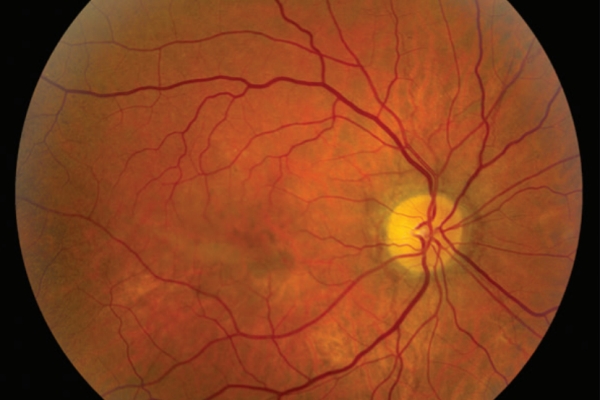Published on the 16/11/2023 | Written by Hayden McCall

PEBKAC and how to avoid it…
PEBKAC is a well-known anagram in IT support circles.
It describes the human factors that often contribute to IT support calls that have little or nothing to do with the device or the software that it is running.
“Problem Exists Between Keyboard and Chair” almost sums up the human condition – we are all born with frailties and idiosyncrasies that even the best technology in the world cannot eliminate.
While your average IT genius might assume the root cause is what’s lacking between the ears of users, there’s often other factors that come into play. Bad software design definitely plays its part, but poor eyesight also contributes.
After a few too many ‘should have gone to Specsavers’ moments on the wrong end of support calls in recent times, it was time to take the advice.
Specsavers in the local mall were consulted to take up the lesser of my lost causes.
It quickly became apparent that the solution involved a whole range of technologies now at the disposal of the optometrists, of which I knew almost nothing.
Long story short, I got talking with my friendly optometrist about their practise management systems and all this fang-dangled equipment and landed on an arrangement to share it with iStart’s highly intelligent, and possibly similarly ageing, readership in the hope that you might be similarly elucidated.
The ophthalmological equipment catalogue below provides a rundown of the main machinery your eyes will be assessed with (acknowledgements to Specsavers).
Optical Coherence Tomography
An Optical Coherence Tomography (OCT) is an advanced 3D eye scan which Specsavers includes as part of every standard comprehensive eye test. It takes a series of advanced 3D scans of the back of the eye, including the optic nerve, retina, and macula. The scans are highly detailed and allows the Specsavers optometrist to view the granular structures of the patient’s eye, for a more advanced and accurate examination of the individuals eye health. This helps the optometrist to detect any eye conditions in their earliest stages so the individual can see better for longer. The OCT scan used to be the exclusive domain of ophthalmologists and was only recently approved for use by optometrists. Since 2017, it has been responsible for detecting over 150,000 referrals for glaucoma in Australia, along with 0.5 million registrations for diabetes checkups.
Tonometer
A tonometer is an instrument used to measure intraocular pressure (IOP) which is the fluid pressure of the eye. Non-contact tonometer’s use a puff of air to flatten a small section of the patient’s cornea which measures IOP. This doesn’t hurt but there may be a loud click as the puff of air is delivered. Maintaining a healthy IOP will help to preserve the patient’s vision and prevent vision loss from eye conditions such as glaucoma, a sight-threatening ocular disease.
Autorefractor
An autorefractor is a machine which measures the ability of the patient’s eyes to focus and gives an approximation of the individuals prescription. The patient will be asked to stare into a machine through two lenses at a picture, for example of a hot air balloon at the end of a long straight road. The machine focuses on the picture and makes the balloon appear to be brought closer and further away. As it does this, the machine calculates an estimation of the patient’s prescription needs with the results of how well the individual’s eyes focus on the image.
Slit lamp
The slit lamp is used to observe the health of the cornea, the iris, and the lens. The optometrist will ask the patient to place their head against a frame and chin rest while the optometrist looks through a powerful microscope at each eye. It is also used in combination with a high-powered handheld lens to provide the optometrist with a 3D view of the back of the eye.
PMS
Specsavers uses the Socrates patient management system to manage patient data linked to examination results and in New Zealand also uses Genesys for managing the patient experience. This meant that when I walked into the store, they already knew who I was, when I last had an eye exam (7 years earlier) and importantly could assure me that the gradual degradation of my eyesight and health was entirely normal. The data gathered is also put to good work. The Specsavers ANZ team has been managing a program of work to integrate Socrates into various industry referral programs such as KeepSight (Diabetes), Oculo (GP and ophthalmologist referrals) and more recently for Macular disease (AMD) referrals.
Now, with a combination of progressive lenses for general use and upgraded reading glasses for working at my PC, I am navigating my way around screen and device with much more comfort, and a lot less PEBKAC.































